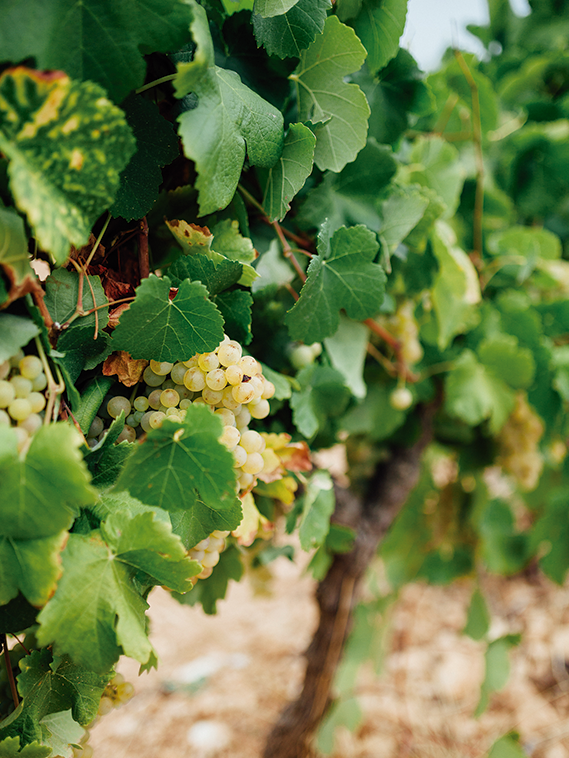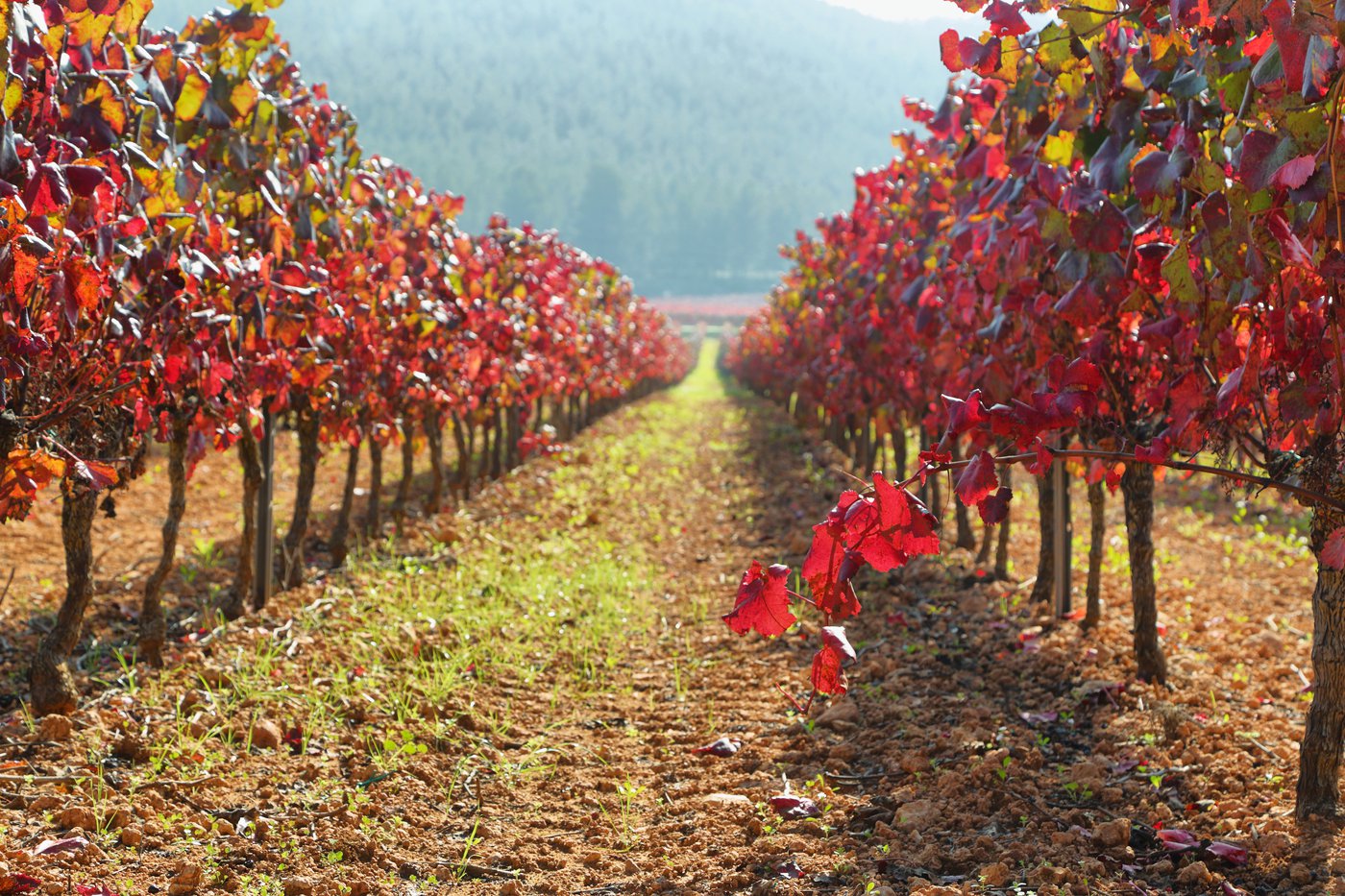After autumn, when the leaves of the vine have fallen, the rest phase begins. As the weather gets colder, the buds start a period of dormancy which lasts until the start of spring.
During this period, while the vine stops growing and can resist very low temperatures, the plant is pruned. This consists of removing certain shoots left from the previous season (which have turned woody and are now known as “canes”), thereby assisting the plant’s next phase of growth.
The number of new shoots that will grow on the vine in spring is determined by how many canes the pruner decides to leave. This, in turn, will establish the number of grape bunches that each vine will carry, thereby affecting the final total yield per hectare.
At the beginning of March in warm climates, and in the northern hemisphere, the vine starts to wake up from its winter dormancy, mobilise its reserves, and resume its activity. Sap starts to flow through the vine, oozing out through the pruning cuts. This is called the lloro (or bleeding).






